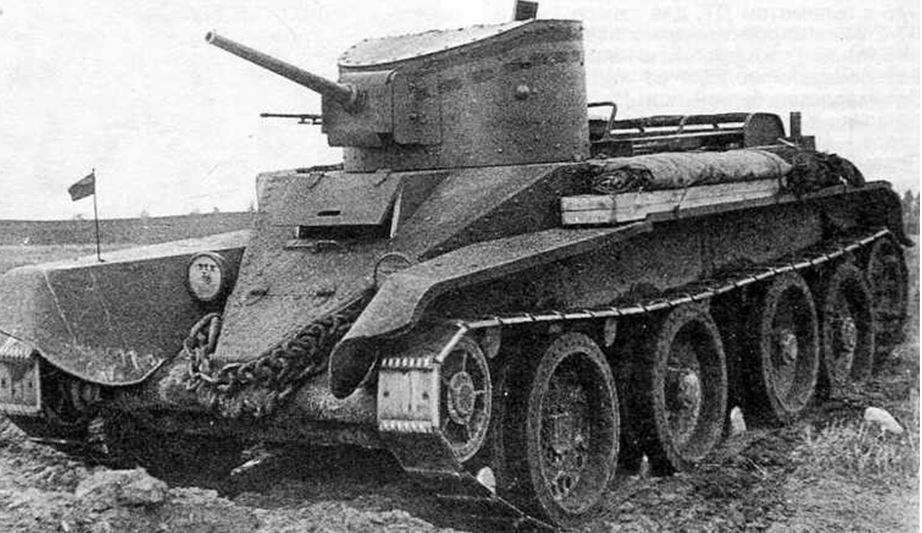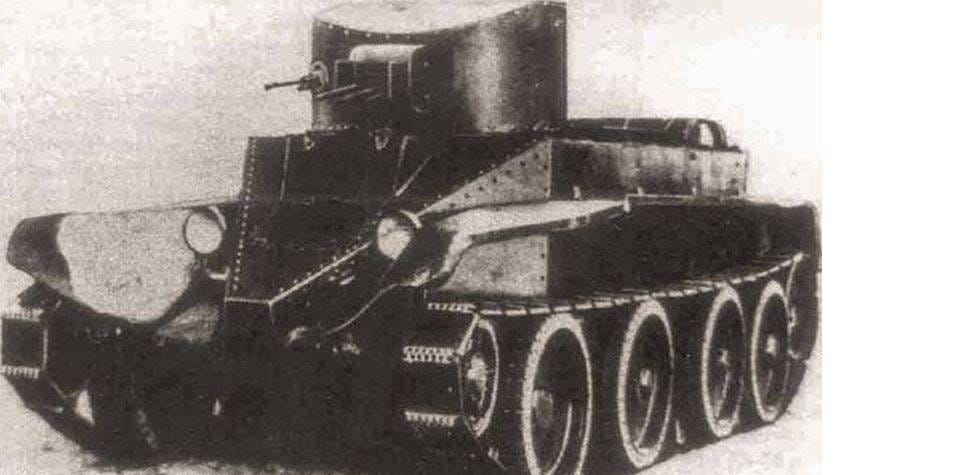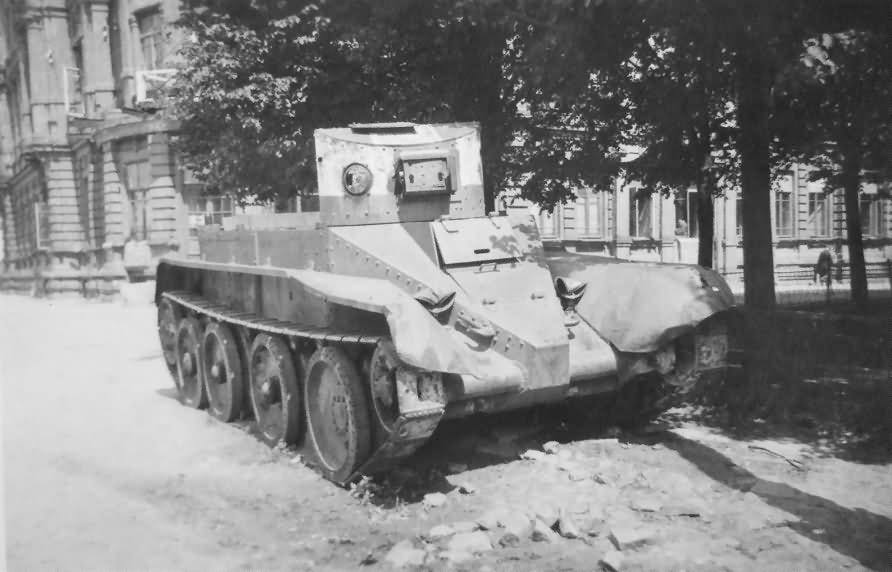BT-2: The Foundation of Soviet Armored Innovation
I struggled a bit to decide on this article. At first, I was planning on writing one article about all three main parts of the BT series of tanks, but after much consideration, it made sense to split them up since the article would be far too long as one piece. The BT series has always had a place close to my heart, mainly because it was so fast at the time. It still holds the record for the longest jump performed by a tank. For the longest time, I always just assumed that BT stood for Bolshevik tank, but in my research, I discovered that it stands for быстрый танк(bystryy tank), which means fast tank in Russian. BT-2 is what I will be covering today, the first production variant in the BT series.
The BT-2's foundations come from J. Walter Christie, who designed the tank initially for the U.S. military. However, after the U.S. rejected his prototype for mass production, the Christie M1931, the Soviets caught wind of the tank. They arranged for two examples to be shipped under false documentation as 'agricultural tractors.' The mainstay of these tanks was the specialized suspension system that allowed the tracks to be removed and the tank to drive on the road wheels. The origin of Christie’s idea for a better suspension was the central problem of tracked suspension failure with tanks in WWI. Based on these prototypes and plans obtained in other ways, the Soviets made a BT-2 prototype in October 1931 and began mass production in 1932. The original BT-2 was armed with a 37mm PS-2 and coaxial machine gun. However, many BT-2s were armed with three machine guns instead due to a shortage of this main armament. Later, BT variants replaced this with the more widely adopted 45mm cannon, which many other Soviet designs used.
The BT-2 first saw action in Spain with the Republican army, where it quickly overcame its opponents alongside the newer BT-5. The BT-2 also played a role in the Battle of Khalkhin Gol in 1939 alongside Mongolian forces against the Japanese. The final arena for the BT-2 was the disastrous Winter War against the Finnish, where the tank proved far less effective than in the previous battles. Many BT tanks were lost to the Finnish, with a significant disadvantage for armor in the conditions of the Winter War. Due to these losses, the BT-2 was a rarity on later battlefields, and only a few took part in the Soviet invasion of Poland.
I find the BT-2 so interesting because it was a launching-off point for the Soviets in their tank development. The BT-2, the first in the BT series of fast tanks, incorporated the innovative Christie suspension, allowing high-speed movement both on and off-road. This feature gave the Red Army a significant tactical advantage, enabling rapid maneuverability across diverse terrains. Although later Soviet tanks retained the robust Christie suspension system from the BT series, they could no longer drive without their tracks, focusing instead on enhancing armor and firepower to meet the demands of evolving combat scenarios.
The experience and technical knowledge gained from developing and deploying the BT series were invaluable. This expertise directly influenced the subsequent A series of prototypes, crucial in the iterative process that culminated in creating the T-34 Medium tank. The T-34, renowned for its superior design, robust construction, and exceptional battlefield performance, became one of World War II's most iconic and influential tanks. Its sloped armor, powerful engine, and versatile armament set new standards in tank design and played a pivotal role in the Soviet Union's military successes.
The BT-2 marked a significant advancement in Soviet tank technology and was a critical stepping stone towards developing the legendary T-34. The legacy of the BT series is evident in the enduring design principles that shaped Soviet armored forces for decades.






